The US lodging industry is on a course of regaining strength and is now seeing early signs of an accelerated recovery — welcome news for all segments of the travel industry. In a November report by PwC, it was assumed that COVID-19 new cases and spikes would increase the length and severity of the pandemic. However, the mid December announcement in the US of emergency use authorization for three COVID-19 vaccines greatly supported the turnaround.
The implementation of three vaccines has positively impacted the recovery timeline and earlier than expected, the report says. Research by PwC offers reason to expect annual occupancy for US hotels this year to increase to 57.2 percent, and average daily room rates to increase 8.0 percent, with resultant RevPAR up 40.1 percent from last year. RevPAR is expected to finish the year at approximately 74 percent of pre-pandemic levels. Key findings:
- * Despite increasing vaccinations (35 percent of the US population was fully vaccinated as of May 11, 2021) and consumer optimism, lodging’s recovery is expected to remain uneven.
- * PwC forecasts the vast majority of temporarily-closed hotels will have reopened by 2022 and demand growth will continue to improve as the economy strengthens. Occupancy and ADR experience continued growth, resulting in a year-over-year RevPAR rebound of 15.2 percent, or approximately 85 percent of pre-pandemic levels.
- * As hotel owners began to gain confidence that the rollout of vaccines has started to tamp down the virus, April unemployment for the hotel sector improved to 13.8 percent (from 19.9 percent in March) compared to the US overall rate increasing slightly to 6.1 percent (from 6.0 percent the prior month).
–
–
Meanwhile, media and pundits continue to mark the slow rise into a post-COVID era with the mantra, “travel is coming back.” A recent Wall Street Journal article sounded that note pointing to the slow but steady return of high-profile events, such as the TED conference returning in-person formats, and industry trade shows coming back to the Las Vegas Convention Center this month.
Even STR, which over the past year bore the bad news analyses wreaked by the stiff drops in occupancy the hotel industry suffered, upgraded its forecasts for the months moving forward.
“The next stage of the U.S. travel recovery has commenced,” said Adam Sacks, Tourism Economics president at STR. “An effective vaccine rollout and generous fiscal stimulus is driving the fastest single-year economic expansion in nearly 40 years. Leisure travel demand is gathering strength with substantial recovery in sight for many markets. However, transient business, group and international travel face continued headwinds…”
“The expectations for the upcoming summer months have been strong for some time, but the year got off to a better start than anticipated as vaccinations expanded and consumers flush with savings felt ready to jump back into the experiences that were put on hold over the past year,” added Amanda Hite, STR president. “What remains furthest off from meaningful recovery is group business, but there is hope for upward movement in that segment as more events get back on the books.”
Lodging Industry and Hotels Having Good Days
Boosted by the throngs of travelers on the road and moving through airports during the recent Memorial Day weekend, US weekly hotel occupancy reached its highest level since late February 2020, according to STR’s reporting through May 29, 2021. While those results were skewed because of the holiday, the 83 percent occupancy level on the Saturday of the holiday weekend was the country’s highest since October 2019, well before the pandemic started. Weekly average daily rate (ADR) and revenue per available room (RevPAR) were boosted to pandemic-era highs as well.
And, for that week, average occupancy numbers lodged at 61.8 percent (down 4.2 percent from the same week in 2019); average daily rate was pegged at $122.06 (down 1.6 percent from the previous year); and revenue per available room was $75.42 (down 5.7 percent). STR noted that while the positives around leisure demand are strong headed into the summer, the path to recovery remains a roller coaster, with a lack of business travel, both domestic and international, preventing hotels in many markets from making up more of the ground lost in 2020.
Phoenix was the only Top 25 Market in the U.S. to report a double-digit occupancy increase over 2019. San Francisco/San Mateo saw the steepest decline in occupancy when compared with 2019. As for daily rate marks, Miami (+52.1 percent to $250.19) posted the greatest increase over 2019, followed by Phoenix (+27.4 percent to $125.71).
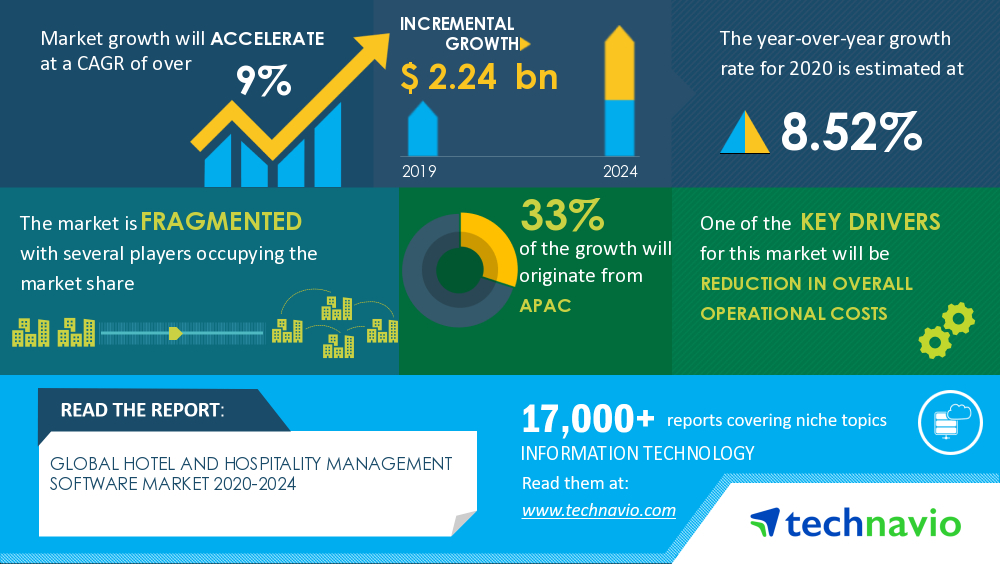
STR‘s April 2021 monthly P&L data release showed gross operating profit for U.S. hotels reaching 60 percent of the comparable 2019 level. However, labor spending was up to just 64 percent in April.
“April was an encouraging month as more of the top-line improvement we’ve been reporting on flowed through to the bottom line,” said Raquel Ortiz, STR’s assistant director of financial performance. “On a GOP basis, 92 percent of our sample hotels were profitable, which is similar to pre-pandemic levels. Also of note, F&B venue revenue, the restaurants and bars, is recovering right in line with room revenue. Overall F&B of course continues to be bogged down by a lack of group demand and the subsequent spending on catering.”
Each of the key profitability metrics, on a per-available-room basis, came in higher in May than any month since February 2020 except for labor, which was down slightly from March.
- GOPPAR (gross operating profit per available room): $28.67
- TrevPAR (total revenue per available room): $87.34
- EBITDA PAR (Earnings Before Interest, Taxes, Depreciation, and Amortization): $14.12
- LPAR (Labor Costs): $26.76
“There is a long way to go, but if demand surges as expected this summer, we should continue to see accelerated profitability and improved margins around the industry,” Ortiz said. “Labor is the hot topic and we’ll continue to monitor that as demand increases and there is even greater competition for workers to service properties.”
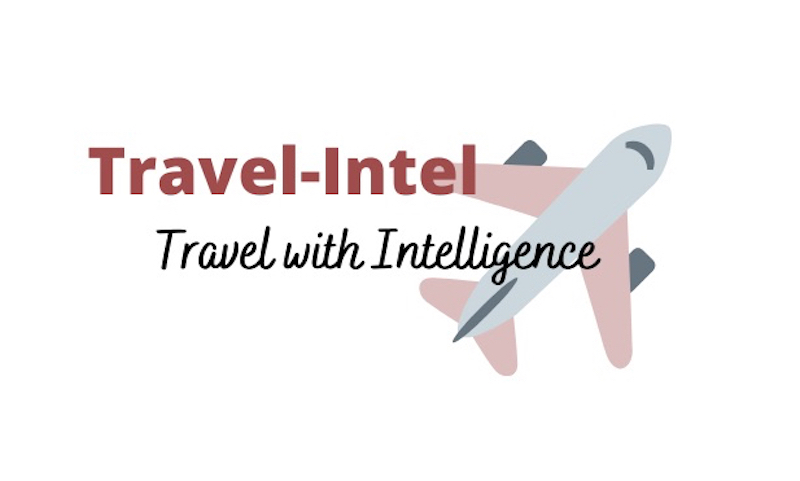






















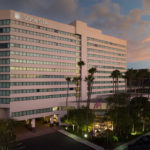








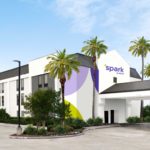



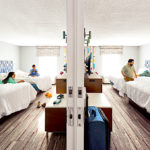










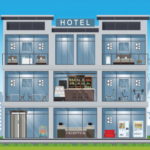
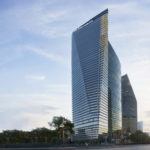
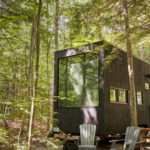
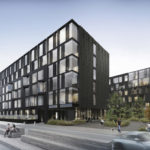
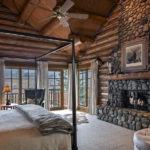


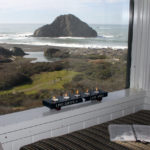













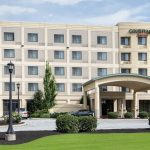
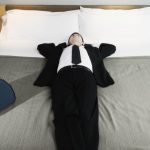















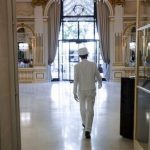
























Get Social